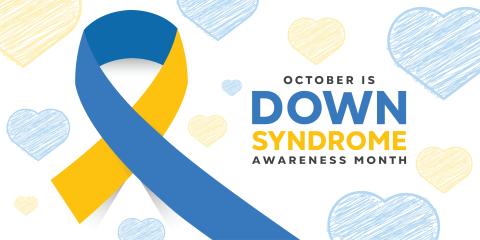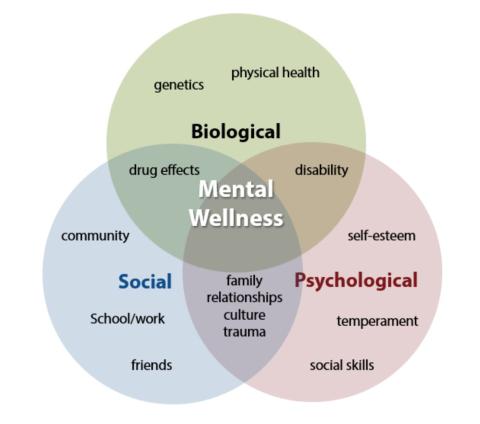October is Down Syndrome Awareness Month
By Jill Hinton, PhD, Clinical Director, National Center for START Services®

October was first designated as Down Syndrome Awareness Month in the 1980s and has been recognized every October since. It is a month to celebrate the strengths of people with Down syndrome and the contributions they make to our communities. Down syndrome is most often diagnosed at birth by the presence of certain physical traits and a chromosome analysis to confirm the presence of an extra, critical portion of chromosome 21 in all or some of the cells. It is the most common genetic cause of intellectual/developmental disability (IDD).
People with Down syndrome benefit from the biopsychosocial approach practiced within the START network. The biopsychosocial approach considers the biological, psychological, and social strengths and vulnerabilities related to mental wellness and how these different factors influence one another. The National Center for START Services® helps START teams all across the country utilize a whole-person approach to improve the mental health of people with IDDs such as Down syndrome.
With advances in medical technology and increased access to appropriate medical treatment, the life expectancy of people with Down syndrome has increased dramatically – in the early 1900’s, children with Down syndrome were expected to live to only about 9 years of age. Today as many as 80% of people with Down syndrome reach age 60, with many living even longer.1 Treatment of thyroid issues, assessment and appropriate treatment for depression, and educational opportunities have helped reduce barriers and improve outcomes. This is also a demonstration that addressing the 3 A’s of START leads to positive results. The increased access to appropriate services and supports, and being accountable to work together from a multidisciplinary perspective has moved the system forward in supporting people with Down syndrome.
So this October, we celebrate that people with Down syndrome are living positive, meaningful lives in their communities!
References
1. Down syndrome. Mayo Clinic. https://www.mayoclinic.org/diseases-conditions/down-syndrome/symptoms-c…. Published March 8, 2018.

